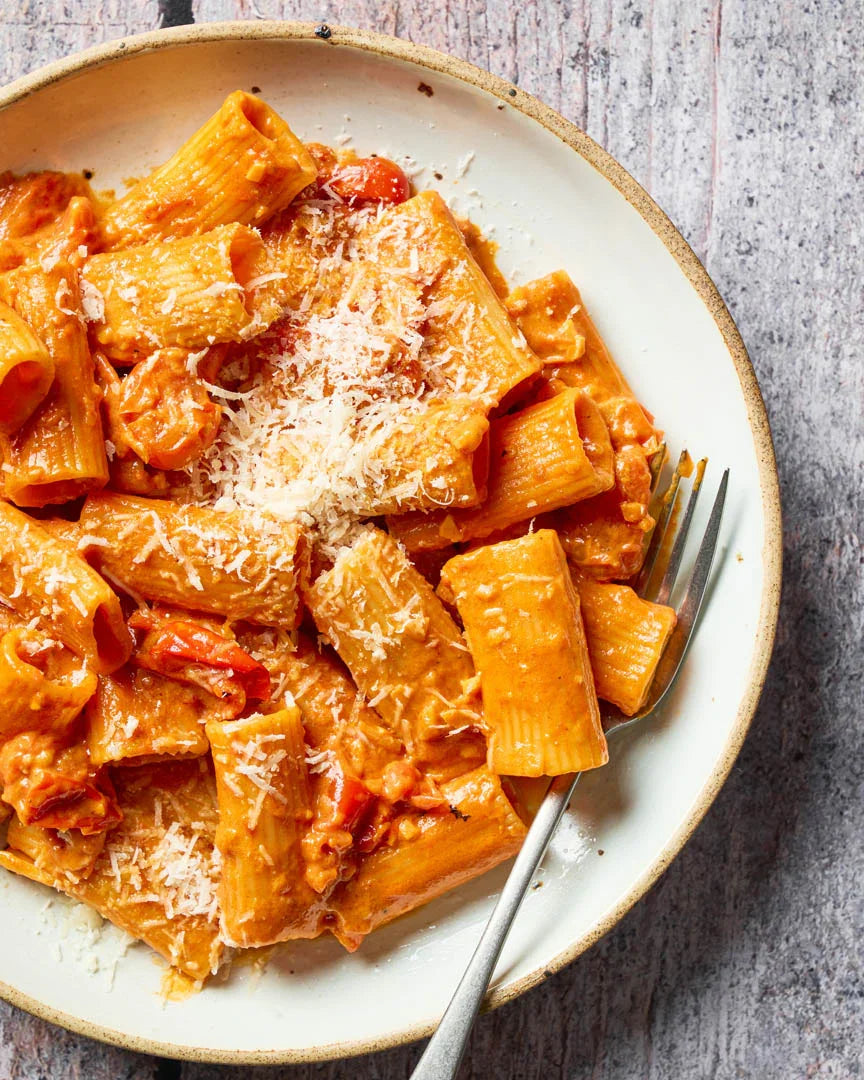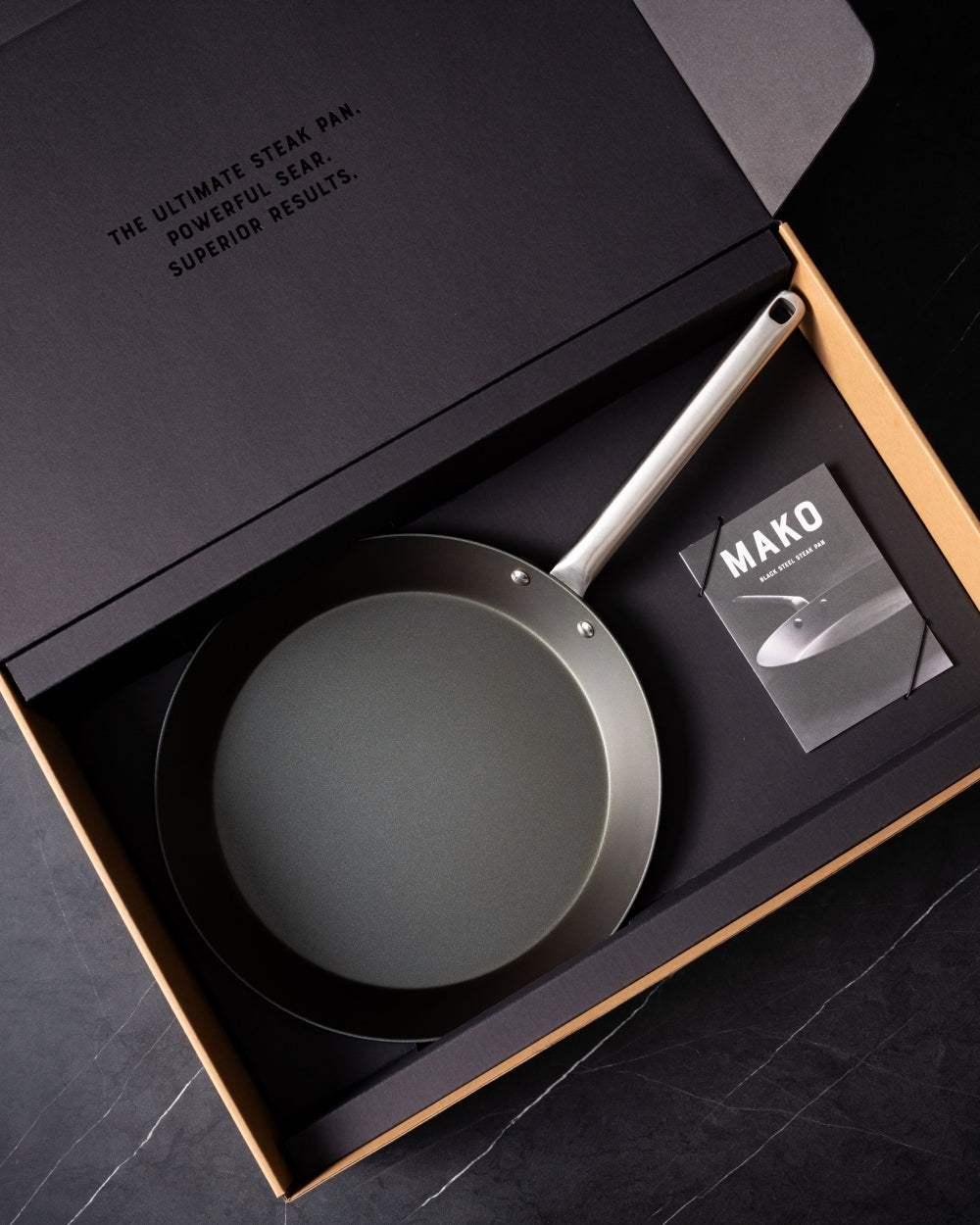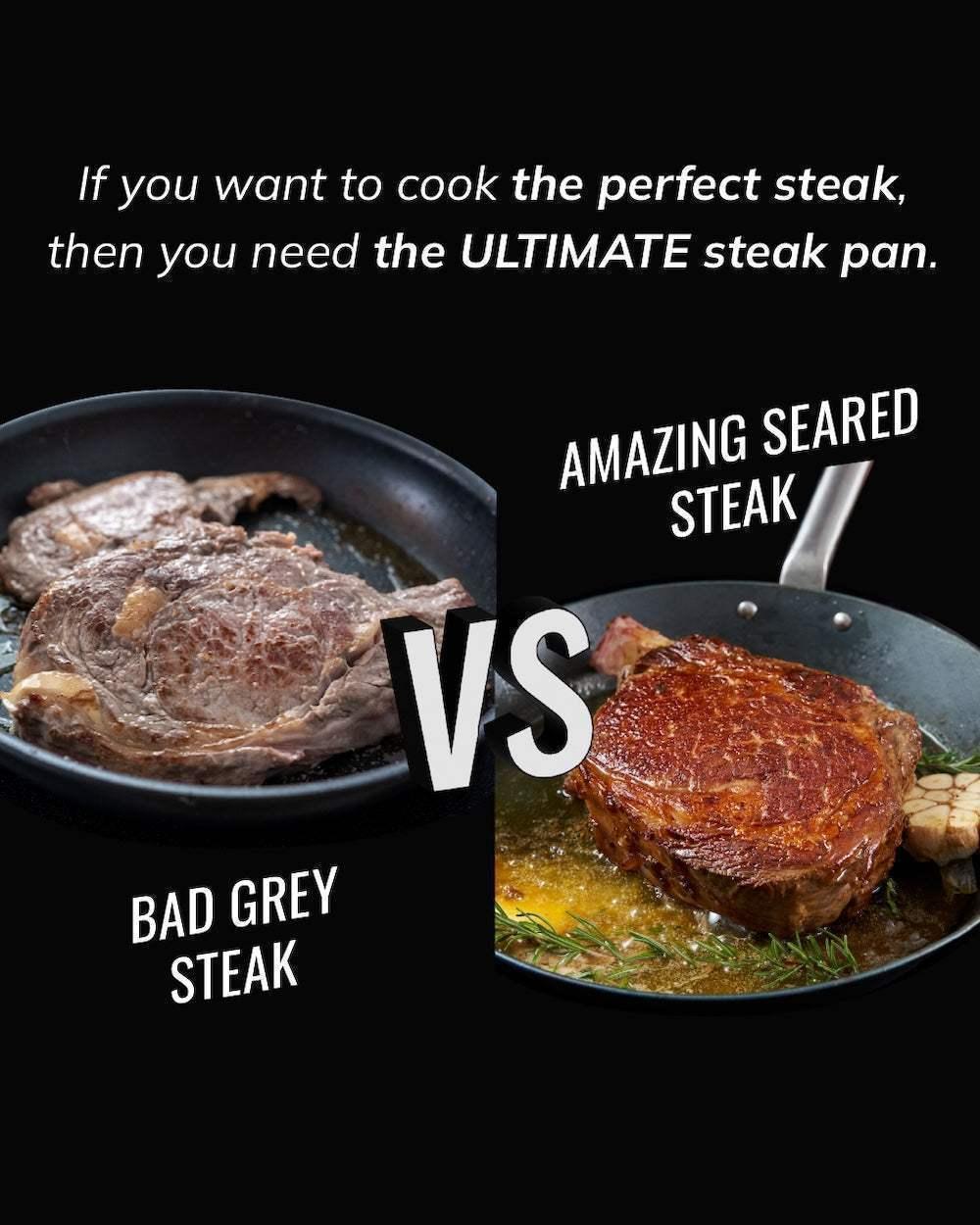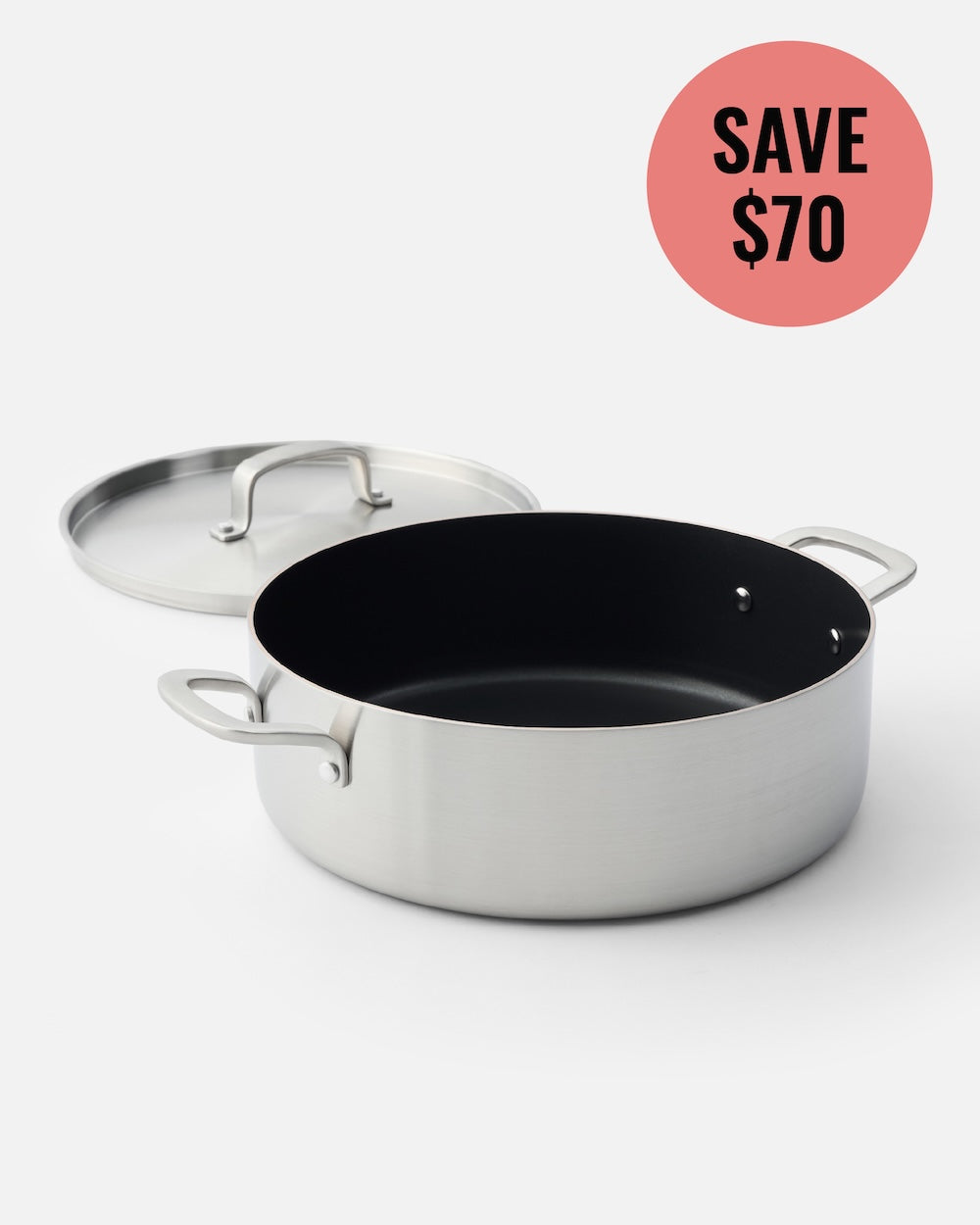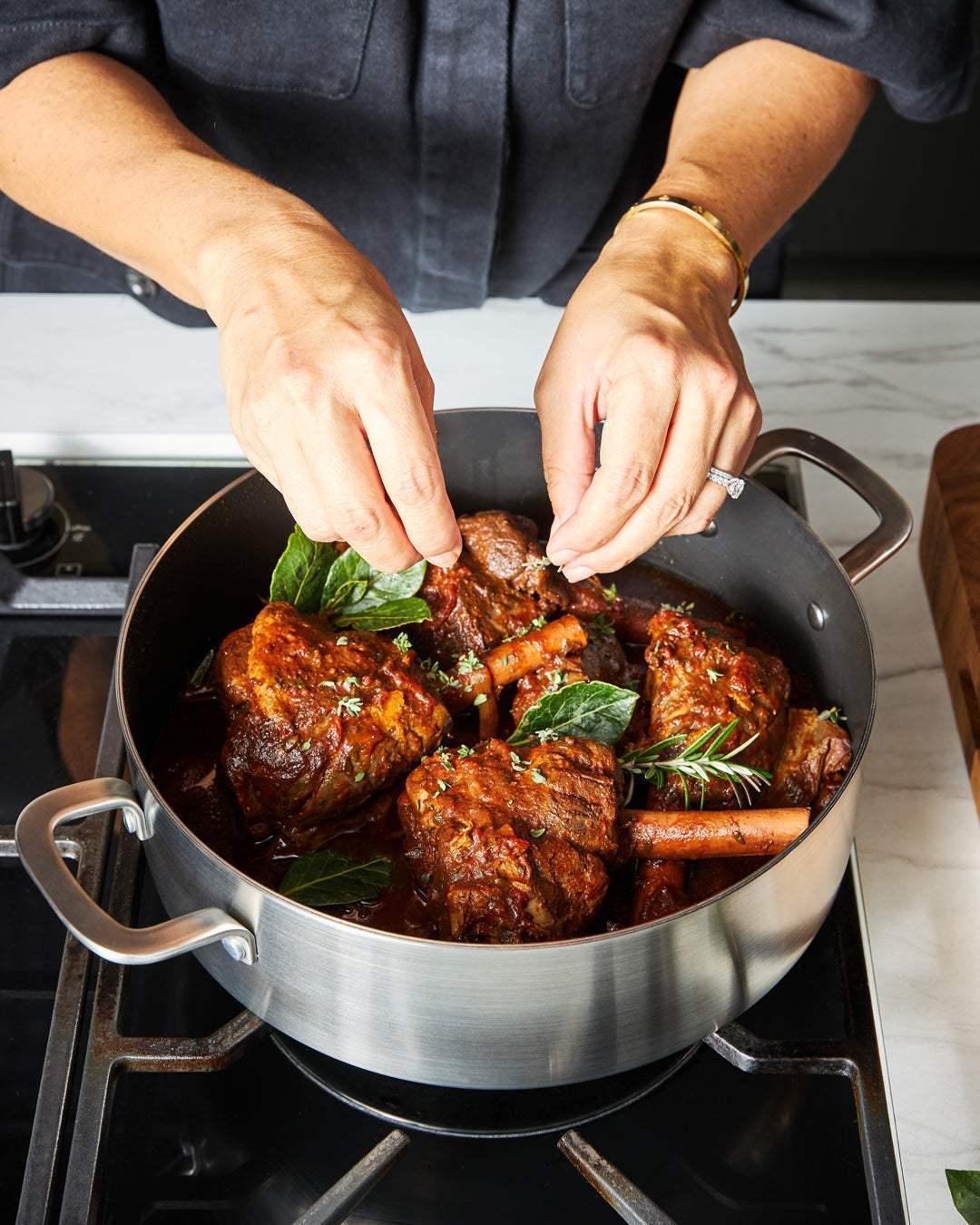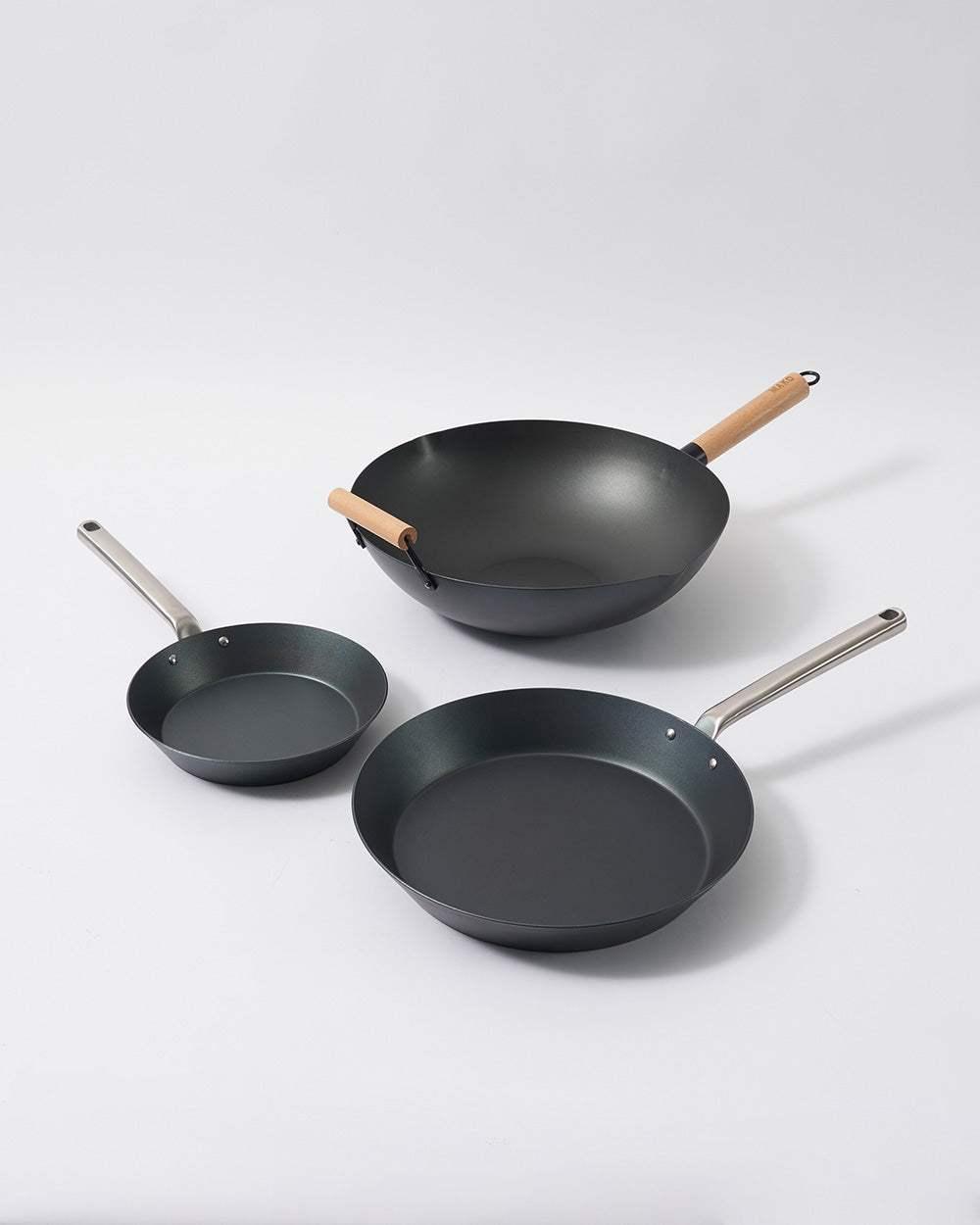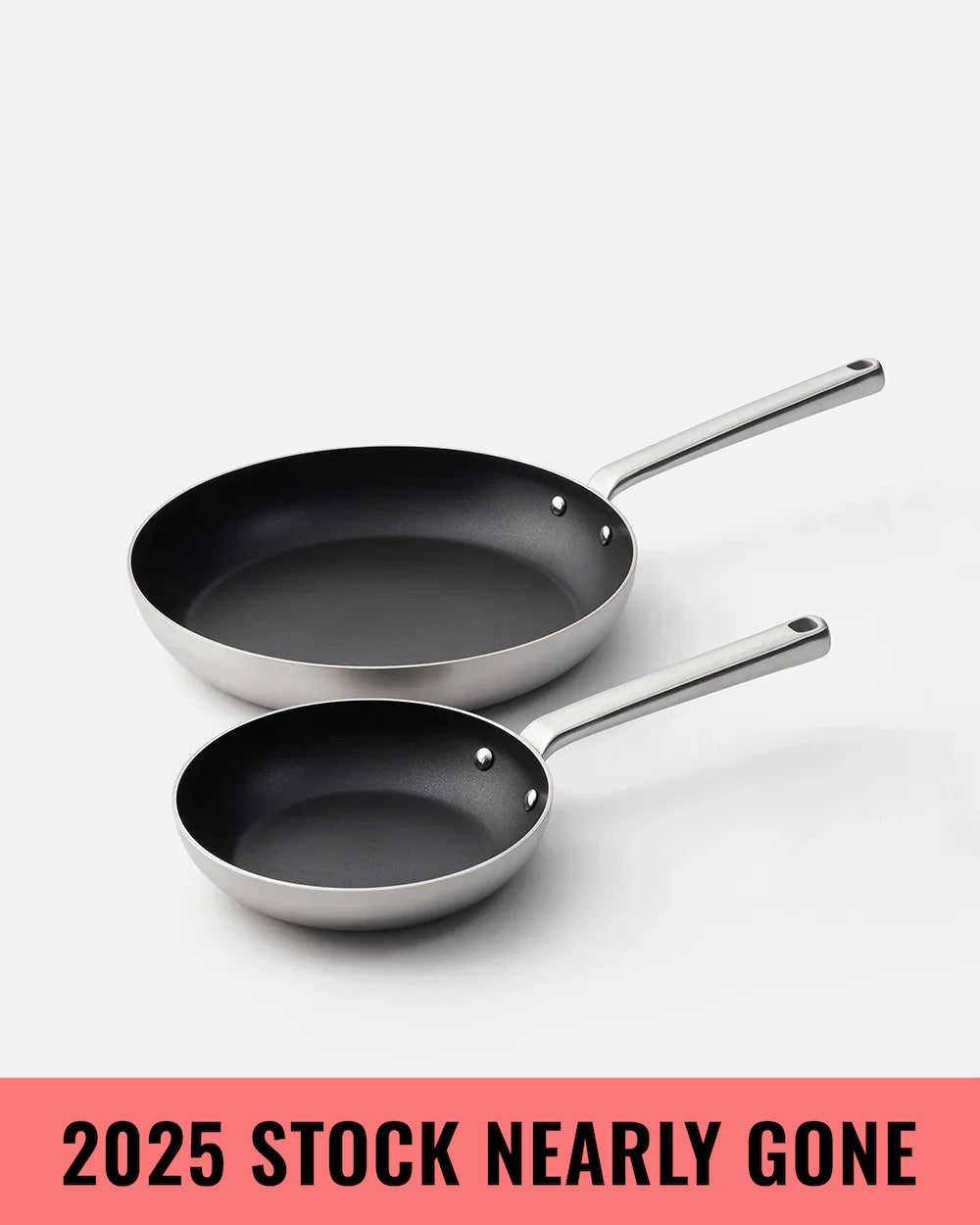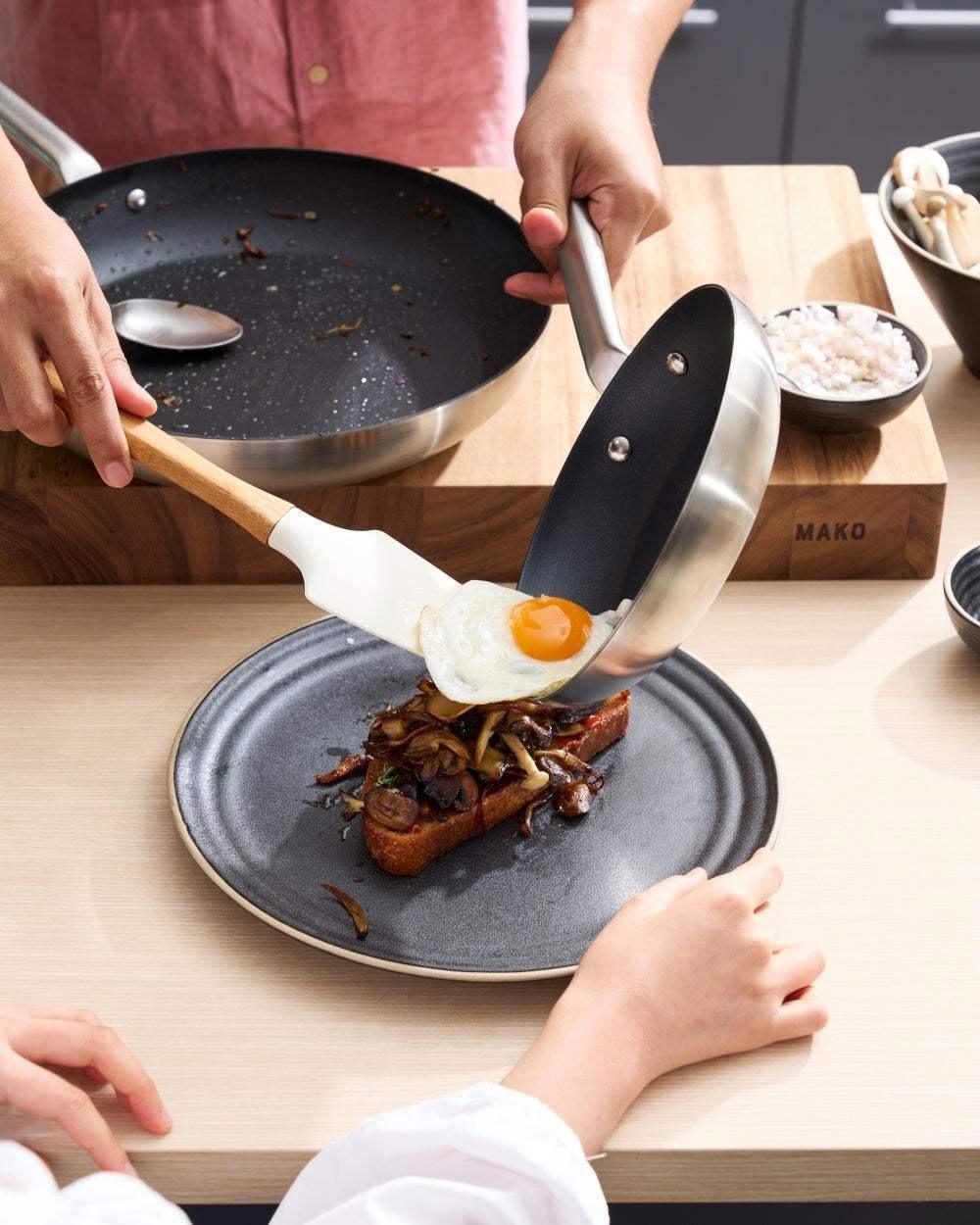
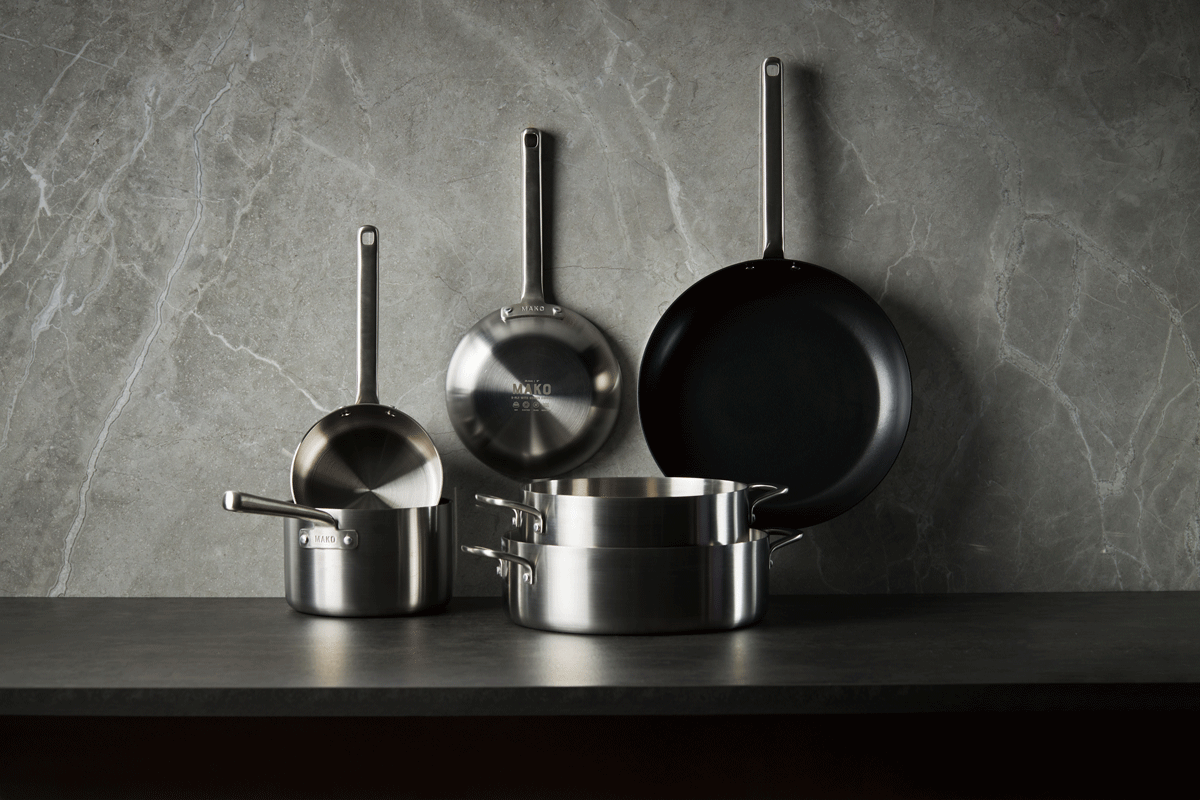
Your checklist when shopping for cookware
Need new pans? Confused by the various options out there? With different brands, materials, price-points and levels of quality, nailing down your ultimate preferences can be tricky. To help navigate, we’ve put together a checklist for when you’re ready to go shopping. Take it with you and put your potential purchases through their paces.
1. How do you like to cook?
Searing, sautéing, slow cooking, making stocks, taco Tuesdays, Sunday roasts…thinking about all the ways you most like to cook will help you decide what pans you need.
2. Do you need an entire set, or individual pans?
A set can represent excellent value, but think hard if you will actually use every single piece in it, or whether some will just become a storage headache.
3. OK, so which pans are actually essential?
Frying pans of various sizes, a selection of saucepans for all the jobs (cooking pasta, sauces, stewing, braising etc), a large sauté pan with deep, straight sides, and a stockpot – these cover the basics. From there, you might need a dutch oven, omelette pan, or a sear pan for your steak, depending on what you cook.
4. In general, what are the best materials?
For high-heat searing, frying, stir-frying, sautéing and stove-to-oven cooking, carbon steel, blackened carbon steel and cast iron. For simmering, braising, cooking pasta, and frying, sautéing, searing and stove-top to oven cooking, 5-ply stainless steel. For lower-heat frying and lower fat cooking, non-stick and ceramic.
5. How are the handles?
These should be ergonomic, comfortable to hold, and be heat-resistant for stovetop cooking. Riveted joints are preferable to welded ones as they are more durable.
6. What about the lids?
These are either stainless steel, which can handle high heat and is durable, or see-through glass – not as durable but you don’t need to lift (and lose heat) to check on cooking.
7. How does the pan feel in your hands?
Some pans will always be heavy (cast iron, in particular), but a bit of heft is good – you want pans that are solid and durable. Overall a pan should feel balanced and easy to handle.
8. Is the cookware compatible with your cooktop?
Not all cookware is induction-compatible so it’s important to check.
9. Is it oven-safe?
Find out the maximum oven-safe temperature –particularly for handles and lids – so you can use pans for baking, roasting or stove-to-oven cooking for maximum flexibility.
10. What are the maintenance requirements?
Many pans require hand washing and some, such as cast iron and carbon steel, need regular re-seasoning to build and maintain the surface. Others, like non-stick pans, shouldn’t be used with metal utensils or they’ll scratch; pans that can suffer surface damage need a pot protector if they’re stacked.
11. Is there a warranty?
Many brands offer a warranty that covers manufacturing defects, with lifetime warranties common with high-quality cookware. You want that peace of mind!
12. What’s the real value proposition?
If a pan is made using premium materials, those higher up-front costs will pay off over time. Cheaper pans might seem like a bargain, but chances are you’ll be replacing them more often and the actual cost-per-use will be higher than you think.
SHOP MAKO COOKWARE
Blog posts
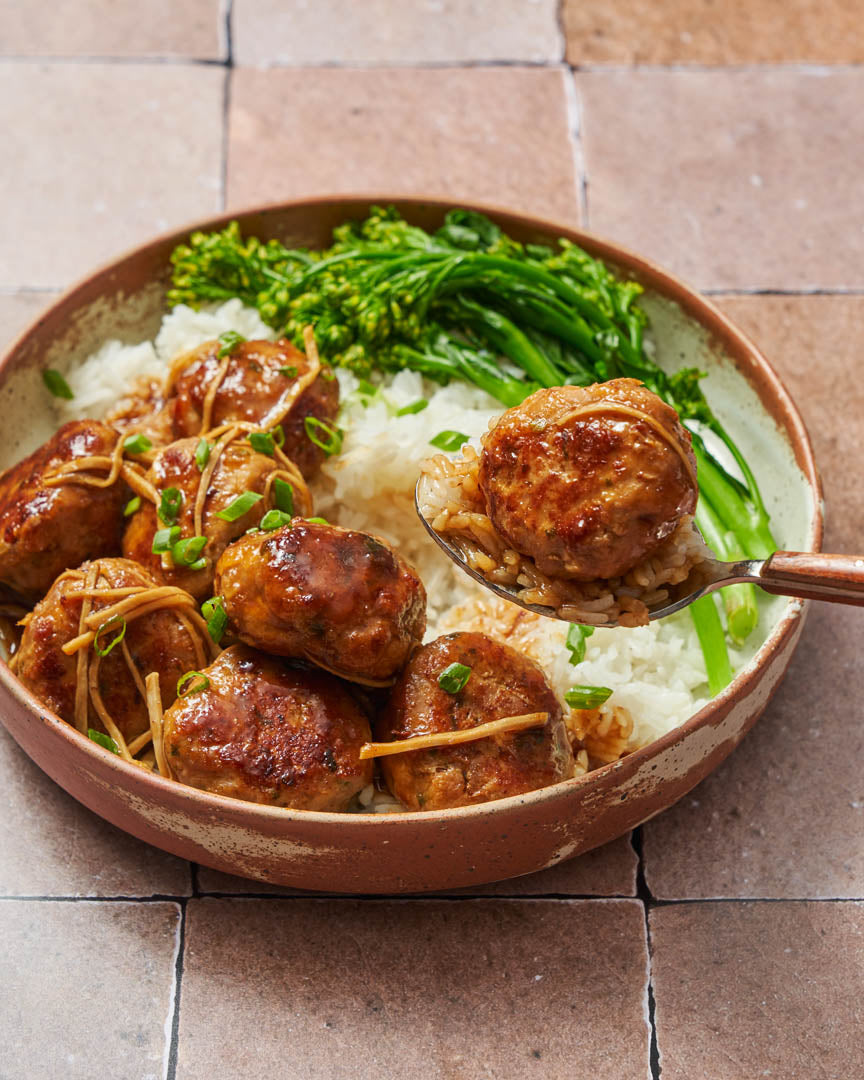
Honey Soy Meatballs

One Pot Chicken Orzo
